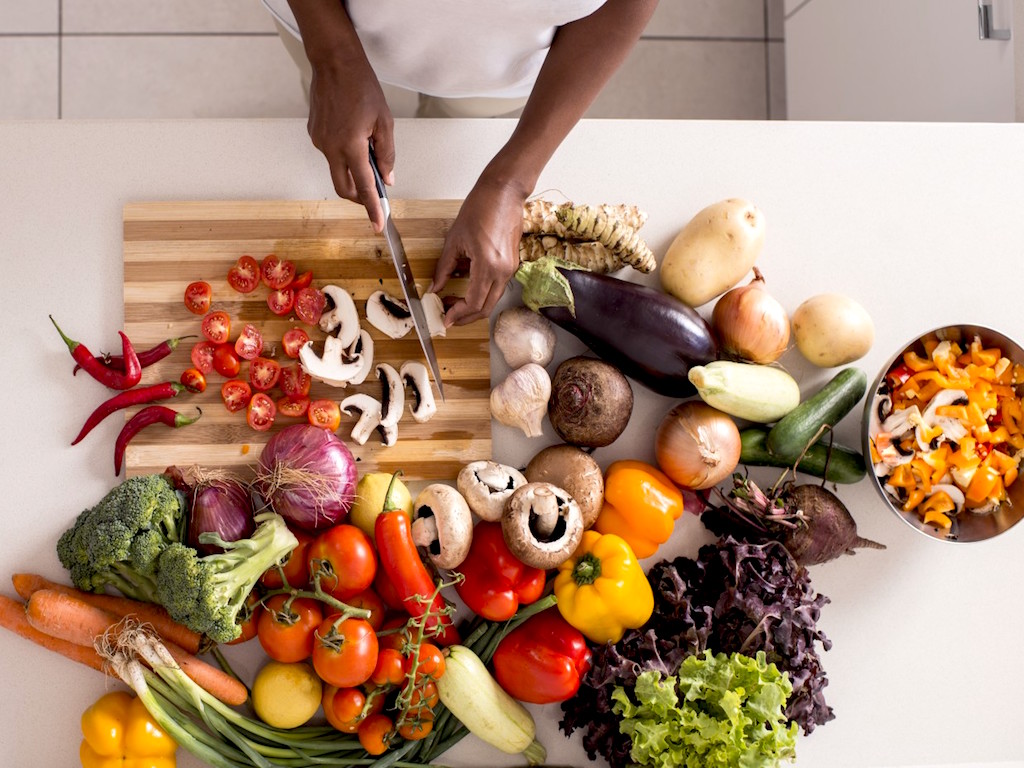8 Mins Read
There are so many reasons to adopt a plant-based diet, whether it be a part of a more planet-friendly lifestyle, related animal cruelty concerns or for health reasons. There are enormous benefits to eating a whole foods vegan diet, but sometimes, getting all the right nutrients can be difficult. So you might find it necessary to supplement your diet with certain nutrients, which you can add to meals and find through specific ingredients. Here is our comprehensive guide to 6 nutrients you may need supplementation for a healthy plant-based diet! Omnivores, you might also learn something from this guide – these nutrients are vital to all of us!
Vitamin B12
Why do we need it? Vitamin B12 is a water-soluble vitamin that is vital for human health – it prevents nerve damage, protects the heart and is involved in the metabolism of every cell in the human body, supporting our immune systems and energy levels. If we don’t get enough B12 in our bodies, we might feel weak and fatigued very often, and later develop anemia and even neurological problems. Those on a plant-based diet in particular might find it difficult to obtain enough B12 without supplementation, but B12 deficiency is also a problem that omnivores encounter – an estimated around 20 – 40% of the global population don’t get enough B12!

Which foods contain it? Vitamin B12 is naturally found only in soil, and animal products contain it because animals eat “dirty” vegetables from the earth and make the vitamin in their gut soil bacteria. Due to our modern culture obsession with everything anti-bacterial, dirt is no longer a B12 source in our diets. Some fortified plant-based foods do contain B12, such as common brands of non-dairy plant milks and nutritional yeast (yes, that vegan cheesy-like sprinkle on top of your salad!).
How can we supplement? Because fortified products typically contain low doses of B12, it is best to take a B12 supplement, especially for those who are vegan or vegetarian. While the recommended daily amount for adults is around 2.4 micrograms, it is safe to take higher doses because it is a water-soluble vitamin (you will expel the rest you don’t need when you go to the bathroom).
Vitamin D
Why do we need it? We need it because it serves a whole range of purposes, from calcium absorption to muscle and organ functioning, supporting our immune system (helps protect us from common colds and the flu!). It has been associated with a reduced risk of dementia and Alzheimer’s, Crohn’s and other auto-immune diseases. Despite being so vital to health, vitamin D deficiency is the most common deficiency in the world today with almost half of the global adult population not getting enough! Also BTW: Vitamin D is actually a hormone, not a vitamin, produced by our kidneys.
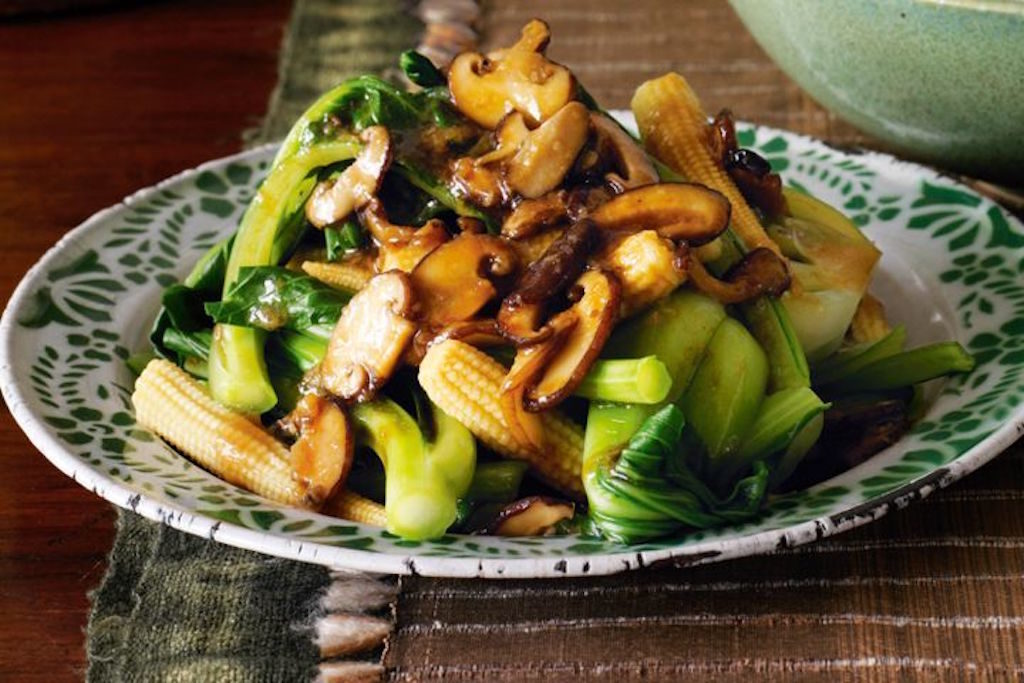
Which foods contain it? As its nickname “sunshine vitamin” suggests, vitamin D can be obtained naturally from sun exposure – but if we spend most of our time indoors and wear sunblock, it’s hard for us to get enough, especially those in northern climates in the winter months. In terms of food, vitamin D is present in mushrooms.
How can we supplement? Include more wild mushrooms in your diet! While white button mushrooms have been grown indoors and therefore have little amounts of vitamin D, other types such as chestnut varieties, dried shiitake, portobello and oyster mushrooms do contain a good amount. Try tossing them in stir-fry noodles or chop them up for your homemade veggie dumplings – and go spend some time in the sunshine while you enjoy the meal to load up on the vitamin!
Omega-3s
Why do we need it? There are 3 major Omega-3 fatty acids – ALA (alpha-linolenic acid), EPA (eicosapentaenoic acid) and DHA (docosahexaenoic acid). DHA, in particular, is the most critical – it is the main structural fat in our eyes and our cerebral cortex, the part of our brain in control of memory, language, emotion and attention. Omega-3 acids in general are crucial for mood stabilisation, managing heart disease and may help control other diseases like lupus and age-related mental decline.
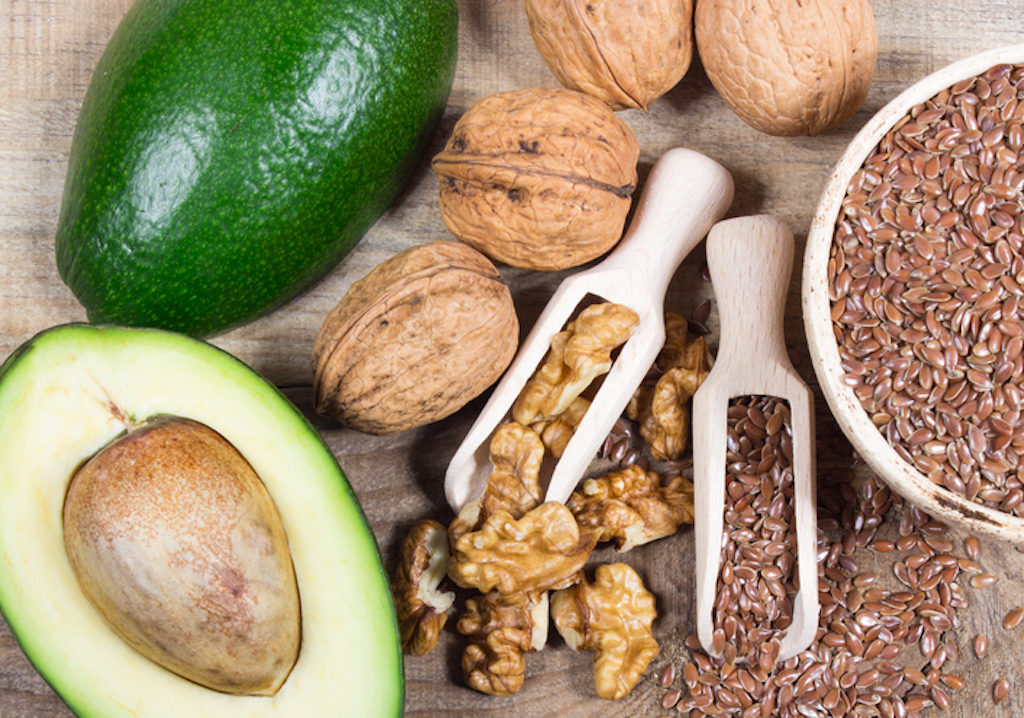
Which foods contain it? For plant-based foods, ALA can be found in flaxseeds, chia seeds, walnuts, hemp seeds, avocado, where algae contains EPA and DHA. Most people are under the assumption that fish is the best source for Omega-3s, but they only contain them because fish eat plankton and algae – and these fish-based supplements, oils and seafood often carry mercury, posing a risk of poisoning.
How can we supplement? Depending on how many plant-based sources of Omega-3s we consume, we might need extra supplementation to meet the recommended guidelines of 250-500mgs per day for adults. Sprinkling extra hemp seeds on your salad, mixing in algae-based powders in smoothies and soups and snacking on some walnuts are great ways to pack the necessary fatty acids in through meals. Plant-based folk who might not enjoy eating nuts and seeds, or might have allergies to them, can opt for an algae-based source of Omega-3 supplement.
Calcium
Why do we need it? Calcium is a mineral responsible for building bones and teeth, keeping them healthy, enabling blood to clot, muscle contraction and regulate heartbeat. When we don’t get enough calcium in our bodies, the mineral is taken away from our bones – which can result in bone weakening, muscle spasms and make us vulnerable to osteoporosis.
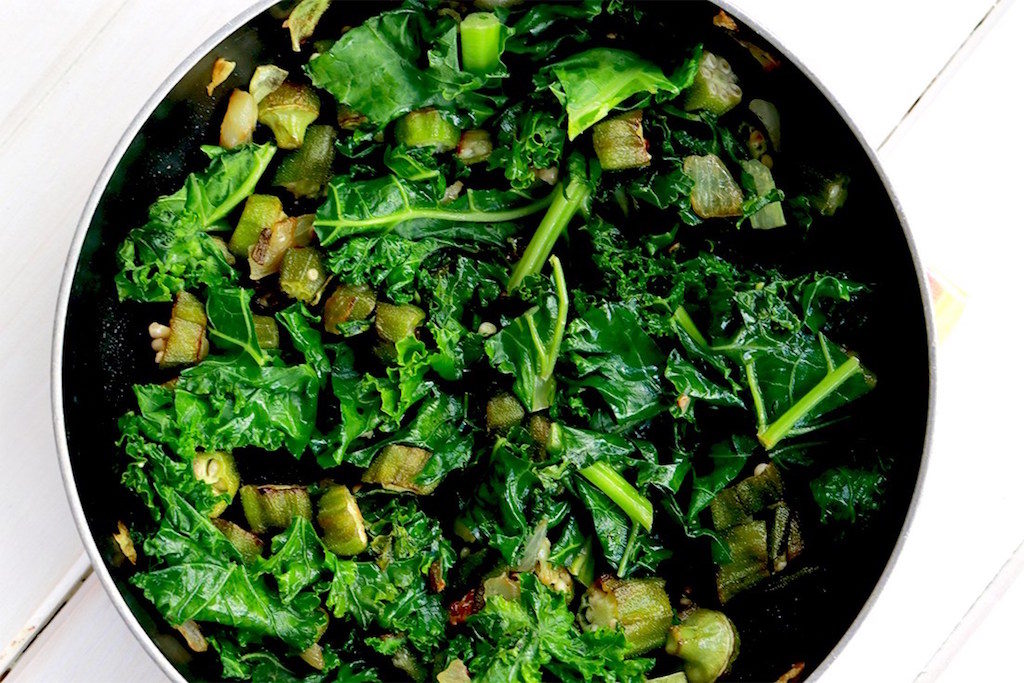
Which foods contain it? While many people believe that dairy is the best source of calcium, it is only one of many sources – and milk consumption comes with many problems such as pervasive lactose intolerance, high levels of saturated fat and a host of associated health issues- there is also some evidence to suggest that dairy can leach calcium from our bones. Many plant-based ingredients contain high levels of calcium, including dark leafy greens and collards and legumes. Many plant milks are also fortified with calcium.
How can we supplement? We can get calcium from many legume foods, such as soybeans (including tofu and tempeh) and white beans, as well as veggies such as broccoli, spinach, kale and okra. So basically, if you eat lots of whole plant-based foods – lots of vegetables, beans, nuts and seeds – then you should be all set on the calcium front! Aim for your 10 a day, not just the measly 5 promoted by food-lobby-supported nutrition pyramids!
Vitamin K2
Why do we need it? Vitamin K is an essential nutrient associated with reduced bone loss and fractures and has been called by some as the “missing link” between diet and some chronic diseases. Combined with vitamin D, K2 helps to strengthen our bones and protect us from heart diseases. While the first form of vitamin K, K1, is commonly found in plants, K2 is harder to obtain and our bodies cannot always convert it from K1.
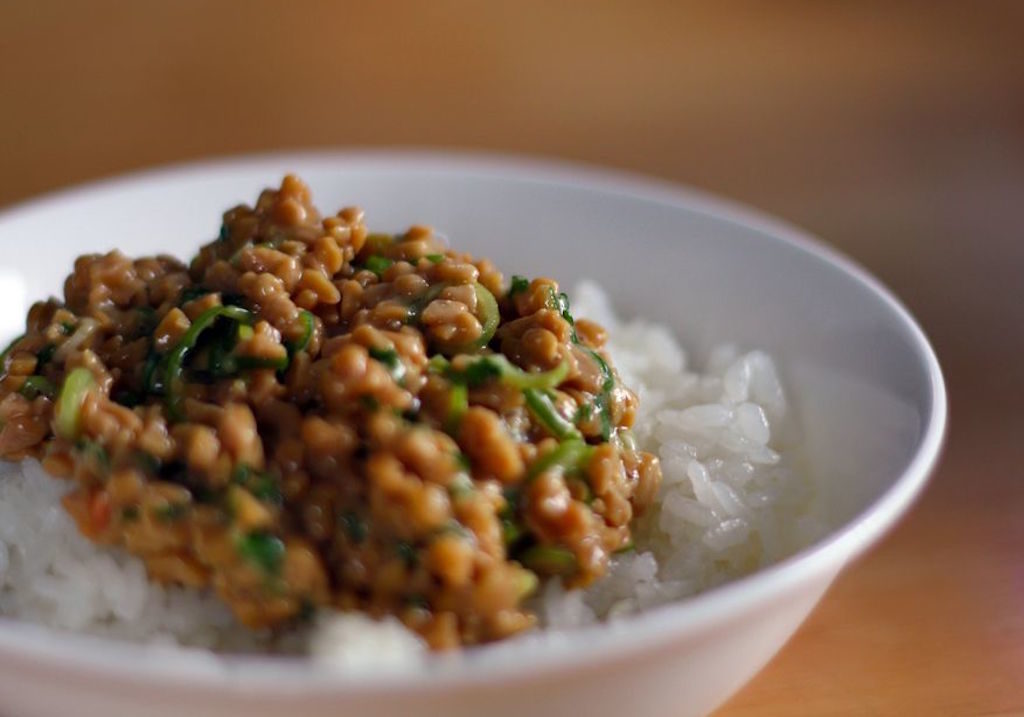
Which foods contain it? One of the best plant-based sources of K2 is natto, a fermented soy product originating from Japan. It can also be found in many fermented products, many of those are traditionally served in many Asian dishes!
How can we supplement? We typically need around 100 mcg of K2 each day for adults, which means that through regularly consuming enough healthy fermented foods, we can reach the recommended amounts in our diet. Natto contains around 500 mcg in a single 2 ounce serving, so try and include more in your diet – it tastes awesome with karashi mustard, soya sauce and bunching onions, and is also a great side next to a bowl of steamed rice. If natto isn’t quite your thing, try adding more fermented foods such as kimchi and tempeh or pair your meal with a glass of kombucha!
Zinc
Why do we need it? Zinc is a trace mineral that supports our immune system health, cell growth and wound healing. It is an anti-inflammatory agent that also helps the metabolic processes in our bodies. If we don’t get enough zinc, we could lose our appetite, suffer from hair loss and skin problems and can cause slow growth in children and babies.
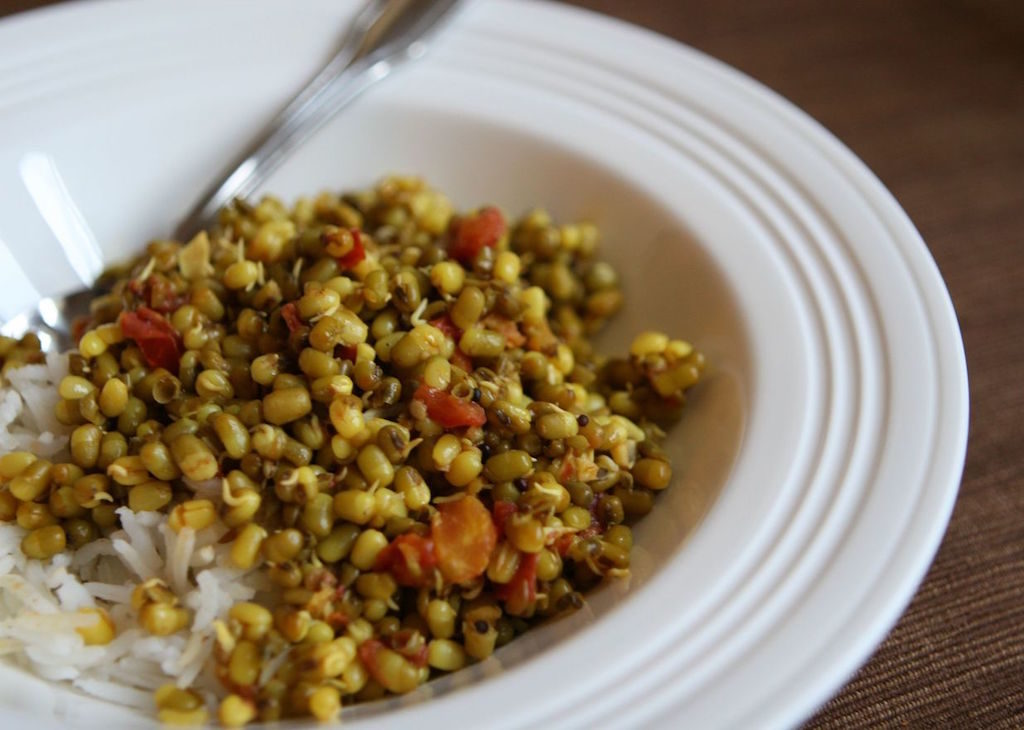
Which foods contain it? Many plant foods are great sources of zinc, including beans and legumes, nuts and oats. But because zinc in plant-based ingredients are sometimes bound to phytates, it can be difficult for the body to absorb the nutrient.
How can we supplement? One of the easiest ways to increase the amount of zinc in our diets is to eat more legumes like chickpeas, lentils and beans – all of which contain substantial levels of zinc. To increase the amount of zinc that can be absorbed in our bodies, soaking and sprouting legumes can help reduce the phytates. Pumpkin seeds are also a good source of zinc. For most of us, 11-13 mg of zinc is what we need per day, and we can get half of this amount by just snacking on one serving of pumpkin seeds.
Lead image courtesy of Getty Images / RuslanDashinsky.


